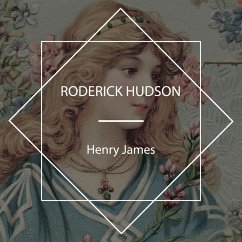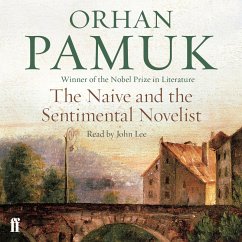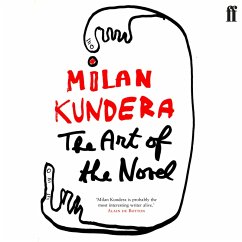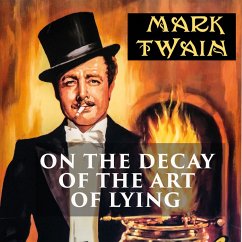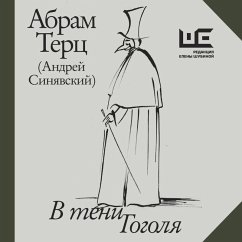
Partial Portraits (MP3-Download)
Ungekürzte Lesung. 736 Min.
Sprecher: Boutros, Rita

PAYBACK Punkte
4 °P sammeln!
Explore the intellectual and artistic landscape of "Partial Portraits" by Henry James. This audiobook invites you into the world of literary criticism, cultural analysis, and the complex interplay of ideas. With James' sharp intellect and eloquent prose, each essay presents a nuanced examination of a notable figure or topic of his era. Through these partial portraits, James offers profound insights into literature, art, society, and the human condition. The essays are a captivating exploration of the intersection of creativity, intellect, and culture, making them a compelling choice for anyone...
Explore the intellectual and artistic landscape of "Partial Portraits" by Henry James. This audiobook invites you into the world of literary criticism, cultural analysis, and the complex interplay of ideas. With James' sharp intellect and eloquent prose, each essay presents a nuanced examination of a notable figure or topic of his era. Through these partial portraits, James offers profound insights into literature, art, society, and the human condition. The essays are a captivating exploration of the intersection of creativity, intellect, and culture, making them a compelling choice for anyone interested in the complexities of the human experience and the world of ideas.
Dieser Download kann aus rechtlichen Gründen nur mit Rechnungsadresse in A, D ausgeliefert werden.




